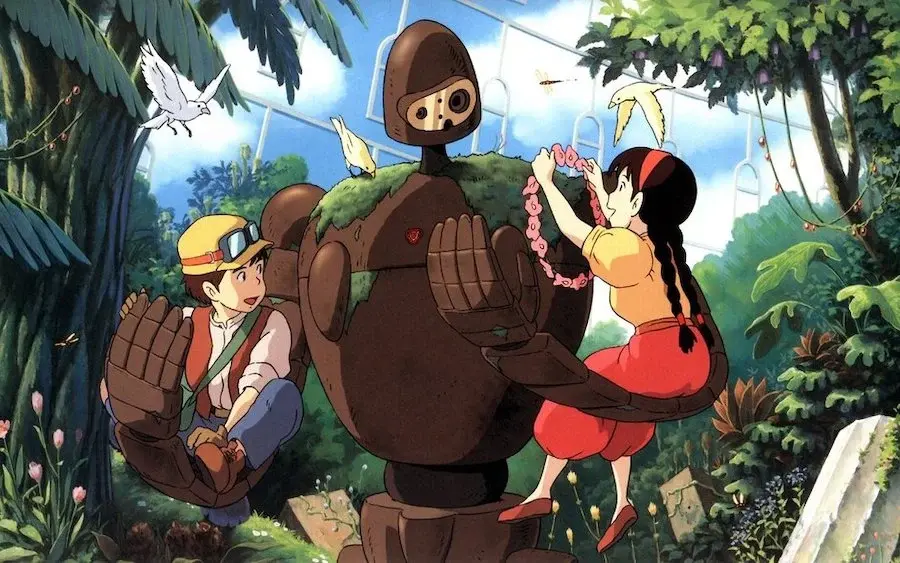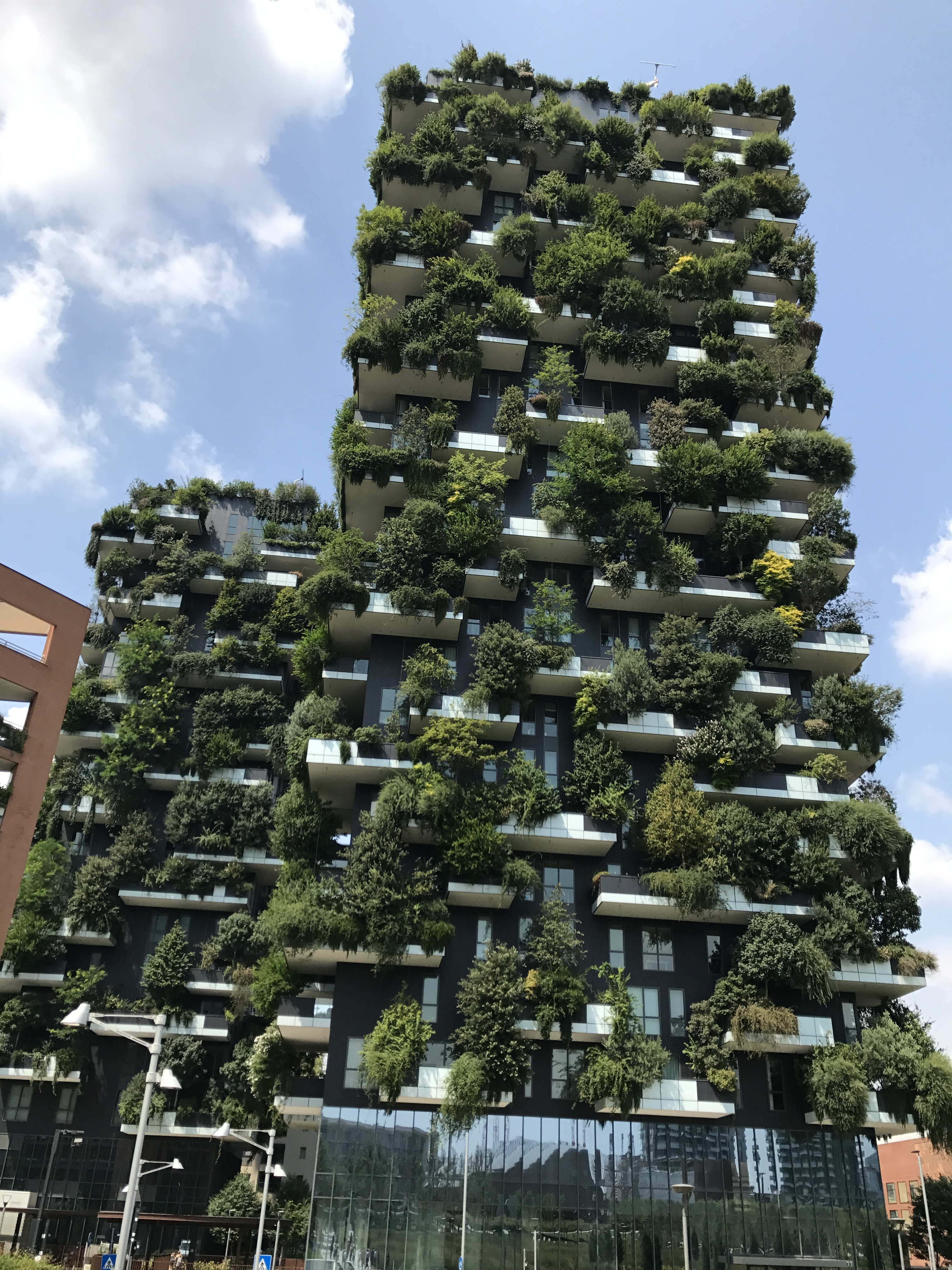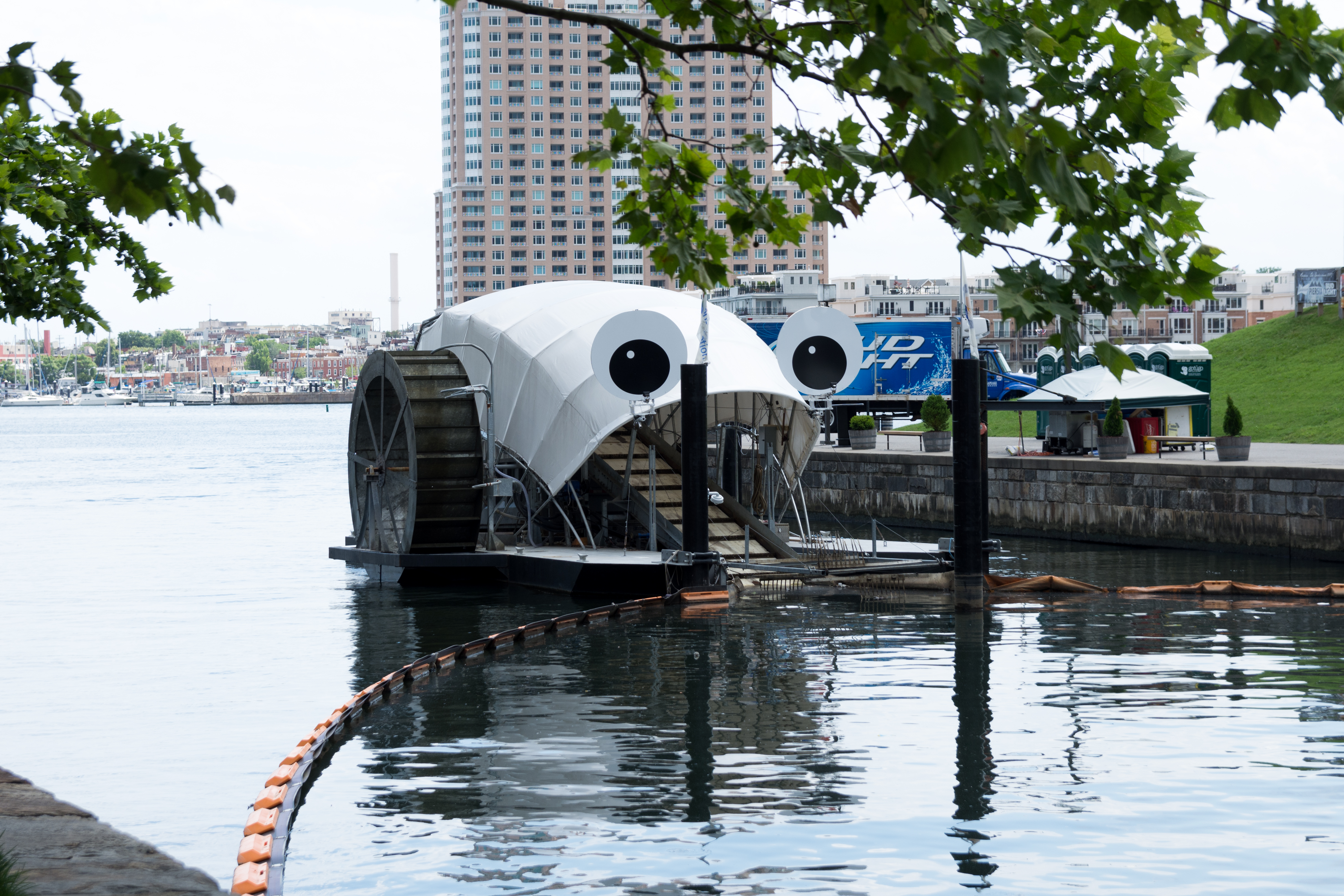Survive, Strive, Solarpunk
At its birth, solarpunk was a vision of green steampunk - a movement to reclaim the right to hope. How does it hold up 17 years later? This is a (personal) essay about finding solarpunk on planet earth.
“...in honor of the Beluga Skysail’s maiden voyage, I’m going to suggest a new literary genre: solarpunk”, wrote an anonymous author on the Republic of the Bees blog in 2008. At its birth, solarpunk was a vision of green steampunk: an optimistic, perhaps whimsical version of older technologies reimagined with modern or futuristic energy sources. A hopeful dream of our world, where polluting airplanes are replaced by hybrid-bicycle-flying machines powered by wind and helium. A somewhat realistic fantasy – after all, the blog itself was inspired by a real cargo ship with a sail, powered by sea breeze, not on oil.
If solarpunk was born in 2008, it’s almost 17 years old. Like any teenager, it’s grown and evolved in its ideals. Now there are whole solarpunk blogs, actual solarpunk researchers, solarpunk artworks, and solarpunk fiction in various forms – including comics. While most humans live in glass-and-concrete urban jungles, we’ve leveled up to solar panels and roof gardens. We don’t have flying bicycles (yet), but drones and many energy-efficient systems that are slowly but surely becoming an integral part of everyday life. We’re openly discussing and improving green energy, and there’s a real push to let nature take back little islands within cities. Of course, not all is well - in fact, it certainly is not at all well, overall. But solarpunk IS there – it’s quite easy to find.

First encounters
Solarpunk can be found in fiction, here’s an example. Castle in the Sky is one of my favorite Studio Ghibli movies. In the film, two kids embark on an adventure to find a legendary floating island, which is said to hide immense power and advanced technology, left-over from an ancient civilization. The film isn’t just beautiful and whimsical in its imagery (lots of flying ships and lush green landscapes), it also talks about human greed for natural resources and the delicate balance between nature and society. It shows that technology can be as good or evil as the people controlling it. That message is personified in (cute) massive robot guardians. While deadly and catastrophically damaging when faced with threat, they are kind and gentle while protecting a bird's nest – overgrown by moss and flowers (source).
There is a delicate tension in technological advancement, and solarpunk is a signpost towards technology for harmony, not greed. It brings the question: How can technology help the world to heal? This came up during a think tank a few years ago, with a group of people from various fields in art and science. Solarpunk was omnipresent, both explicitly and implicitly, as we mentally expanded and recycled the cities we already knew. We talked about the implications of different transport systems to clear roads, flying package delivery services, and whether we would even be qualified to decide what utopia is. After all, our group had a limited demographic that couldn’t empathise with the priorities of many other communities. Our little think tank wasn’t the only time I encountered traces of solarpunk in real life. I remember seeing Bosco Verticale (vertical forest) in Milan, a concrete skyscraper with actual trees growing from its balconies. It’s not a real solution in many ways, but it’s a real life monument to solarpunk that challenges people to discover its hopes and its flaws.
“As our world roils with calamity, we need solutions, not only warnings.” is a quote from the solarpunk manifesto. Solarpunk is punk, because it’s a rebellion, a provocation, a movement to reclaim the right to hope, not give in to denial and despair. Solarpunk is science fiction as a form of activism. Solarpunk isn’t just about environmental justice, but also social justice, because it’s all part of the same system. It’s about being smart, ingenious and creative, generating ideas, repurposing what we have, being independent from capitalist ideas and large corporations. It’s rooted in communities, the mutual respect and compassion between people and nature. Solarpunk is… (obviously) very much against destroying planet Earth.

The Reality of Solarpunk
Yet again, I will start with a film - but not fiction. “Tomorrow” (2015) is a documentary about initiatives to fight our environmental problems in agriculture, energy, economy, democracy and education – small or big. We're bombarded with catastrophes in the news every day, which can make it hard to stay positive about small projects - even if they drive meaningful change. That’s why I think Tomorrow captures many aspects of the solarpunk manifesto – it’s deeply hopeful and emotional, but also real and multifaceted. It’s not about showing projects that will change the world, but it’s about telling others how and why to keep it going – drive development, not complacency.
The issue is that solarpunk is seductive, and big corporations know it. When it's reduced to a superficial aesthetic, it becomes an idealized, highly marketable vision of green cityscapes with sleek solar panels and wind turbines. But this can easily mask the lack of real systemic change, social injustice, and unsustainable practices underneath. Solarpunk is about decentralization and degrowth, yet it's often co-opted by growth-obsessed companies aiming for market domination. That said, solarpunk in the real world can’t exist in a perfect vacuum – we’re working in an imperfect system that we have to make the best of (check out an interesting take on this regarding solarpunk and the city of Almere). If the solar isn’t punk enough, that’s a good starting point. Given the current political climate and rampant capitalism, it seems naive to expect large initiatives to fully capture the spirit of solarpunk, and it’s tough to decide if being superficially green is pure evil or better than nothing. Personally, I avoid predicting the future and prefer to think about ants. They're tiny, but when they share a mission, they get sh*t done – even if it looks a bit ridiculous.
Earthlings have, in fact, pulled off various solarpunk projects that seem genuinely true to the idea. Mr Trash Wheel is a semi-autonomous trash collecting technology. Among other successes, it has “helped turn the Baltimore Harbor from a cesspool so toxic that you'd be taken to the hospital if you dived into it, to clean enough to swim in” (said Reddit user Hangmans12Bucks). There are waves of eco-friendly high-tech startups that do great at incorporating the solarpunk spirit in innovation and open-source philosophies (BBC article). The energy revolution isn’t stopping and solar tech is becoming more efficient – the first versions were arguably not the most “repairable, reusable and built to last” (earth.org/solarpunk/). And critically, people are recognizing that green energy generation should not cause harm to disadvantaged communities and deeply valuable ecosystems.
A lot of solarpunk is technology related, but I think rewilding also fits the vibe. Rewilding is a framework in restoration ecology and it aims to return ecosystems to a functional and self-sustaining state by reintroducing certain species (Sandom et al., 2013). For example, bringing back the Eurasian Beaver to the UK helps prevent floods and improves water quality. Reintroducing wolves helps control overgrown deer populations that demolish beloved green areas (UK rewilding blogpost) - we need those for our dreams of lush green landscapes, and also for practical-ecosystem-balancing reasons.
But punk wouldn’t be punk without the tiny rebellions. Citing Reddit user GenericUsername19892, we should “Look smaller mate, solar punk is less grand movements are more people carving out little sections of the busy world and making them into a little oasis in the chaos. It might be a remote cabin, a public allotment, a home garden, or even a little planter box on an apartment window.” Solarpunk manifests in that guy who has a beehive on his balcony on the 23rd floor (um, this might be a slight exaggeration. Do check the permissible height for beehives before implementation). And an ever growing number of urban food gardens organized by local communities – or even better, progressive gardening influencers (solarpunk gardening)!

I’ve finished yapping, but I’ll warn you that this isn’t even scratching the surface of the solarpunk content out there. The academics say that encountering solarpunk should “encourage and cultivate the qualities to shape the possibility space for action”. I say, I dare you to approach the world like a benevolent pirate on a quest for green treasures amid the concrete waves and cannonballs of capitalism. There are cracks in the system, don’t pressure-wash them with nihilism, plant some flower seeds instead!


0 Comments